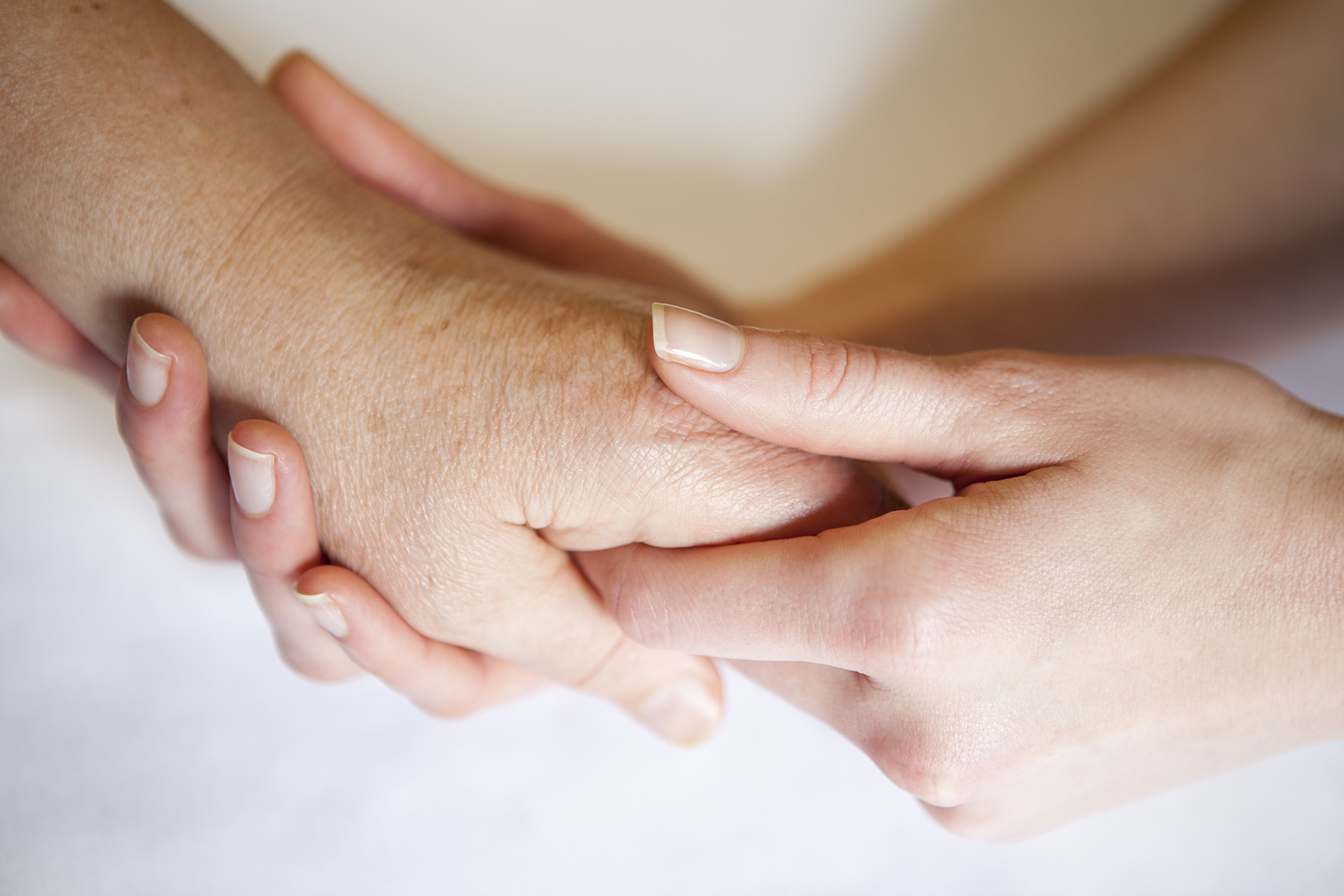
For a clinician, skin is a valuable canvas that can inform and influence care. It is integral to our body’s physiology and at times our pathophysiology. It’s an ever-present, always visible entity that we see, but often we don’t appreciate it until something goes wrong. And when skin is taken for granted or damaged, it can negatively impact our psychological and physical health1,2.
As our population continues to age and the incidence of chronic diseases surge3,we must adapt to meet the growing needs of the communities we serve, but we cannot lose sight of the importance of maintaining and repairing the skin in helping wounds heal. It’s time to identify the wound care specialist in all of us. No, this doesn’t mean anyone providing care should start their wound care certification and wound, ostomy and continence (WOC) accreditation courses but rather to understand the importance of skin, its connection to care and how decisions we make that involve the skin can influence outcomes.
Let’s breakdown the importance of specialized roles and the role we can all play in skin protection and wound healing.
The Importance of Wound Care Specialists
Wound care specialists include those trained to optimize surgical outcomes; recognize why wounds fail to process; and to ensure wound healing factors are enhanced. This helps achieve therapeutic results and reduces wound recurrence. Relying heavily on clinical evidence, wound care specialists recognize the needs of patients and practice throughout the continuum of care from peri-op to the out of hospital arena.
Rarely does the wound care specialist treat only the wound itself. They dedicate themselves to understanding all factors that affect healing outcomes. It is not rare for patients to have struggled with chronic wounds for years, and the burden of chronic wounds in not only financial but also has psychologically ill effects. As one study found: “Patients (with chronic wounds) can experience severe pain, significant emotional and physical distress, reduced mobility and social isolation”4.
Fortunately, resources and solutions exist for patients to achieve healing and to find quality in their lives again. Solutions include a set of tools to maximize outcomes and deliver gold standard care enhancing the patient experience and care resources – many focused on the skin — from achievable patient goals, like improved overall wellness, to optimize the holistic approach to wound care.
What We All Can Do
You don’t need to be a wound care specialist to understand the connection between the skin, wound healing and positive outcomes. If we all make skin a priority, it will greatly benefit the people in our care. And while wound care specialists bring an important level of expertise to care, everyone can help protect patients and residents.
- Make skin part of the care conversation. From family members to the entire care team, ensure you are driving education about understanding and assessing the patient or resident from head to toe and looking for signs of skin breakdown, especially in areas where the skin is susceptible to pressure injuries.
- Maximize clinical outcomes by dedicating oneself to a patient’s individual needs and emphasizing a comprehensive integrated approach to wellness.
- Understand how a patient’s wound care needs are constantly changing and how treatment options must adapt.
- Dedicate oneself to the art and science of wound care and what sets the wound care specialist apart.
- Think skin first! Prior to adhering a dressing or medical tape to the skin or staring an IV, think about potential damage that may be caused to the skin and how you can mitigate it through best practices and the right products. We have a guide that can help.
Curious about skin and what happens when it isn’t considered? Visit Think Skin Deeper to learn more.
Resources:
1 Adam EK, Quinn ME, Tavernier R, et al, Diurnal cortisol slopes and mental and physical health outcomes: a systematic review and meta-analysis. Psychoneuroendocrinology. 2017; 83:25-41.
2 Jozic I, Stojadinovic O, Kirsner RSF and Tomic-Canic M, Skin under the (spot-)light: cross talk with the central hypothalamic pituitary adrenal (HPA) axis. J Invest Dermatol. 2015; 135:1469-1471.
3 Sen CK, Gordillo GM, Roy S, Kirsner R, Lambert L, Hunt TK,Gottrup F, Gurtner GC, Longaker MT. Human Skin Wounds: A Major and Snowballing Threat to Public Health and the Economy. Wound Repair Regen. 2009;17(6): 763–771.
4 Järbrink, K., Ni, G., Sönnergren, H., Schmidtchen, A., Pang, C., Bajpai, R., & Car, J. (2017). The humanistic and economic burden of chronic wounds: a protocol for a systematic review. Systematic reviews, 6(1), 15. doi:10.1186/s13643-016-0400-8
